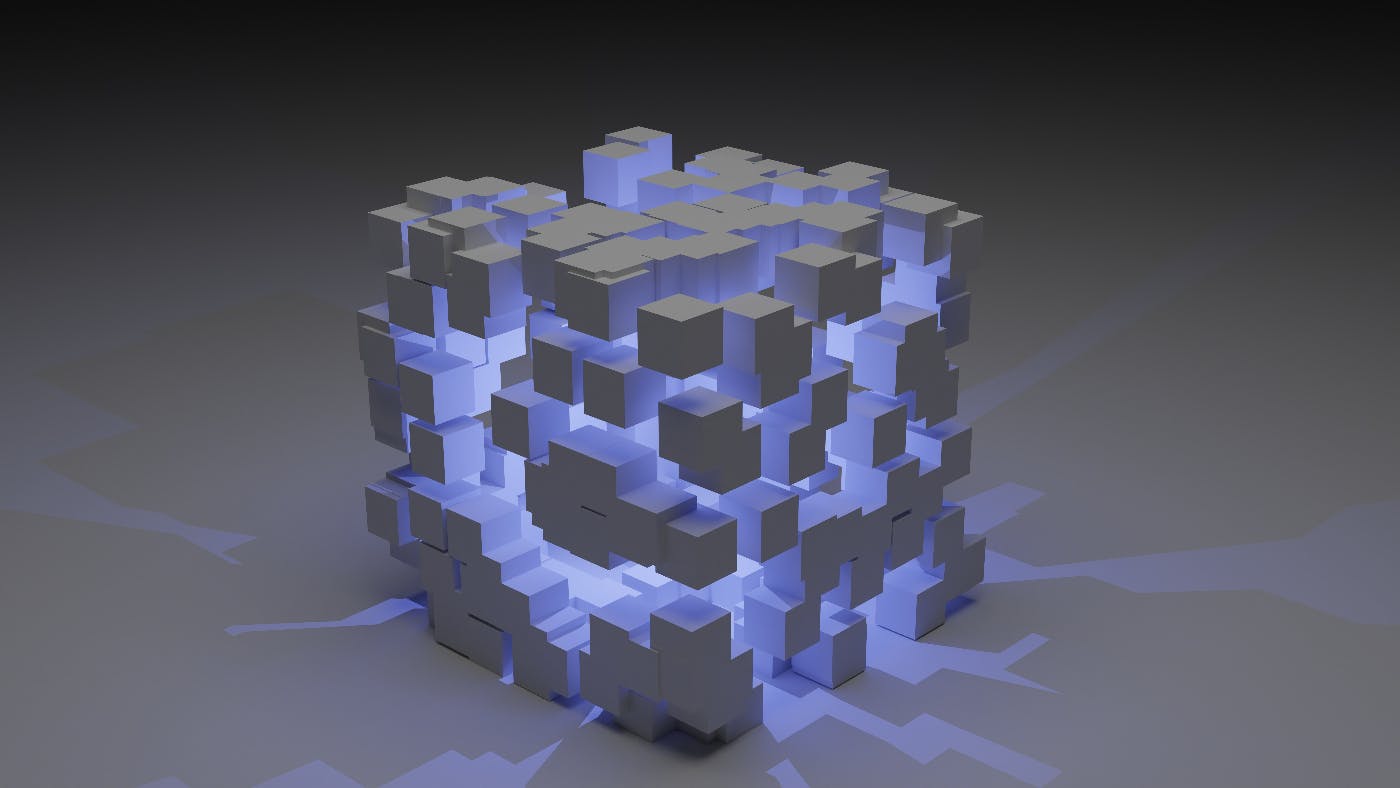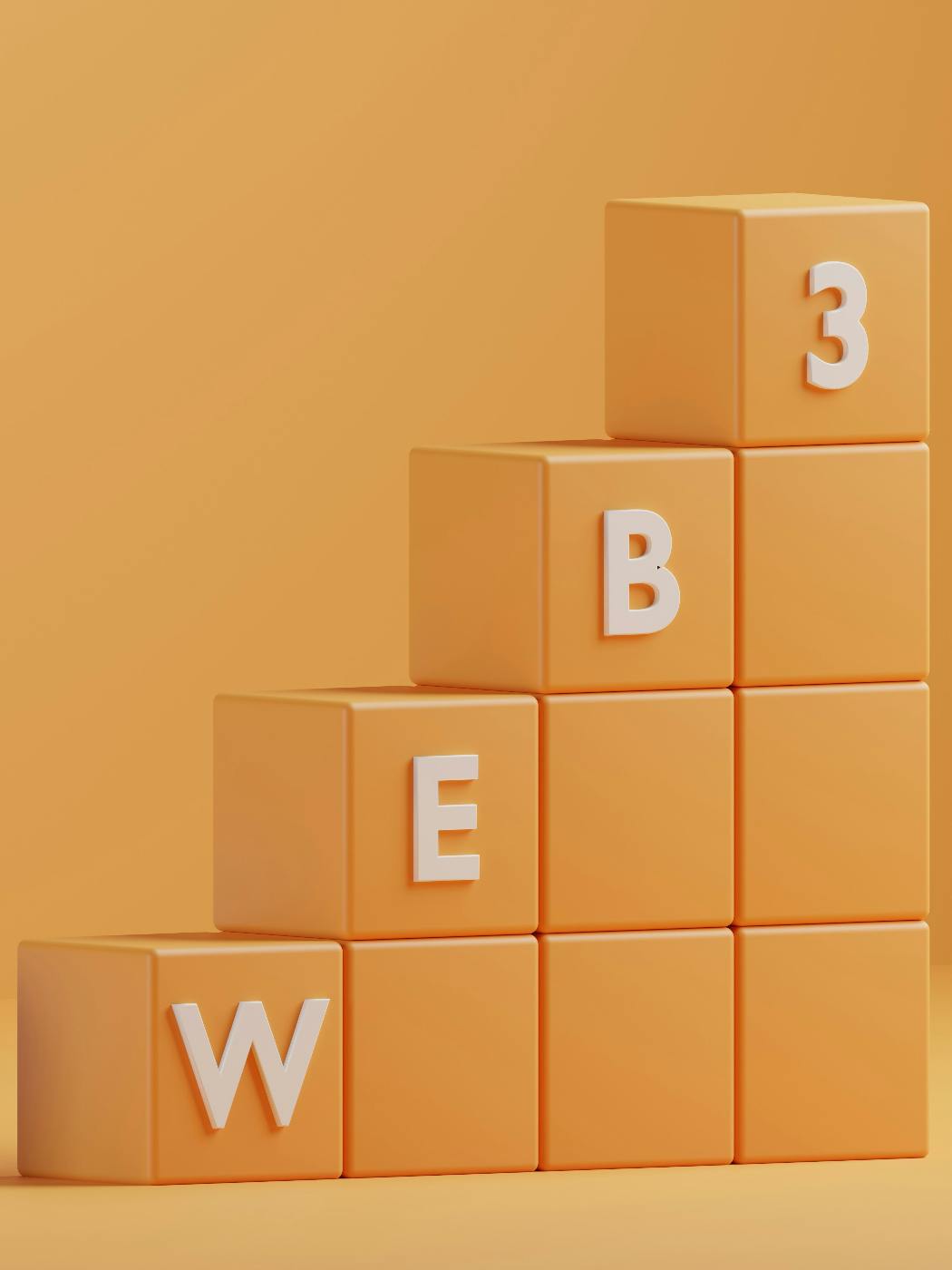
Web3 represents the next phase in the evolution of the internet, emphasizing decentralization, transparency, and user sovereignty. Web3 builds upon these foundations by incorporating blockchain technology and decentralized protocols.
The emergence of Web3 has sparked a transformative revolution in the digital landscape, particularly in the realms of digital ownership and Non-Fungible Tokens (NFTs). Web3 represents a paradigm shift from the centralized models of Web1 and the social connectivity of Web2 to a decentralized and user-centric ecosystem. With the advent of blockchain technology, cryptocurrencies, and smart contracts, Web3 offers new possibilities for secure and verifiable digital ownership, and NFTs have emerged as a groundbreaking application within this framework. In this essay, we will explore the concept of Web3, delve into its implications for digital ownership, and examine how NFTs have become an integral part of this revolution.
Web3: A Decentralized Paradigm
Web3 represents the next phase in the evolution of the internet, emphasizing decentralization, transparency, and user sovereignty. While Web1 was characterized by static websites and limited interactivity, and Web2 introduced dynamic user-generated content and social networking, Web3 builds upon these foundations by incorporating blockchain technology and decentralized protocols. At the core of Web3 lies the concept of decentralization, which ensures that control and ownership of data are distributed among the network participants rather than being concentrated in the hands of a few centralized entities.
Digital Ownership in Web3

One of the key aspects of Web3 is the revolutionization of digital ownership. Traditionally, digital assets have been subject to issues of duplication, unauthorized distribution, and lack of provenance. However, with the advent of blockchain technology, individuals can now assert true ownership over digital assets through the use of cryptographic tokens. These tokens can represent various forms of value, including artwork, music, virtual real estate, collectibles, and more. By leveraging blockchain's immutability and transparency, Web3 enables individuals to verify the authenticity, provenance, and scarcity of digital assets, thereby revolutionizing the concept of digital ownership.
Non-Fungible Tokens (NFTs)
Non-Fungible Tokens (NFTs) have emerged as a revolutionary application within the Web3 ecosystem. Unlike cryptocurrencies such as Bitcoin or Ethereum, which are fungible and can be exchanged on a one-to-one basis, NFTs are unique and indivisible digital assets. Each NFT has a distinct value and can represent ownership of a specific item or piece of content. NFTs leverage blockchain technology to provide proof of ownership, ensure scarcity, and enable traceability of digital assets. This has opened up new avenues for creators, artists, and collectors to tokenize and monetize their work in a secure and transparent manner.
The Impact of NFTs
NFTs have had a profound impact on various industries, revolutionizing the way we perceive and trade digital assets. In the art world, NFTs have allowed artists to tokenize their work and sell it directly to collectors, eliminating intermediaries and ensuring fair compensation for their creations. Additionally, NFTs enable artists to retain royalties for subsequent resales, providing them with ongoing revenue streams. NFTs have also found applications in the music industry, where musicians can tokenize their albums or tracks, offering fans unique ownership experiences and alternative revenue streams.
Beyond the realms of art and music, NFTs have extended into virtual real estate, gaming, and collectibles. Virtual worlds built on blockchain technology allow users to purchase and trade virtual land, properties, and other assets using NFTs. This opens up new possibilities for digital economies, where users can create, trade, and monetize virtual assets within decentralized ecosystems. NFT-based collectibles have gained significant popularity, with users acquiring and trading unique digital items such as virtual trading cards, virtual pets, and virtual fashion.
Challenges and Future Perspectives

While Web3 and NFTs present a promising future for digital ownership and decentralized applications, they also bring along several challenges and future perspectives.
One of the major challenges in the Web3 and NFT space is the issue of scalability. As more users adopt blockchain technology and participate in decentralized applications, the existing blockchain networks face scalability limitations. Ethereum, the most widely used blockchain for NFTs, has experienced congestion and high transaction fees during periods of high demand. Scalability solutions such as layer 2 solutions and alternative blockchains are being explored to address these challenges, but further development and implementation are needed to achieve widespread scalability.
Environmental impact
Another challenge is the environmental impact of blockchain technology, particularly in the case of proof-of-work (PoW) consensus algorithms. PoW algorithms require significant computational power, resulting in high energy consumption. As the popularity of NFTs grows, so does the concern over the carbon footprint associated with their creation and trading. Transitioning to more energy-efficient consensus mechanisms like proof-of-stake (PoS) and exploring sustainable solutions for blockchain infrastructure will be crucial for the long-term sustainability of Web3 and NFTs.
Regulatory landscape
Additionally, there are concerns regarding the regulatory landscape surrounding Web3 and NFTs. The decentralized and borderless nature of blockchain technology poses challenges to traditional regulatory frameworks. Governments and regulatory bodies are still in the process of understanding and adapting to these emerging technologies. Balancing the need for consumer protection, investor confidence, and innovation will be a critical aspect of shaping the regulatory environment for Web3 and NFTs in the future.
Interoperability is another area that requires attention. Currently, many blockchain networks and NFT platforms operate in isolation, making it challenging for users to transfer assets seamlessly between different ecosystems. Efforts are underway to develop standards and protocols that enable interoperability, allowing NFTs and other digital assets to be easily exchanged and utilized across multiple platforms. Achieving interoperability will unlock new possibilities for collaboration, creativity, and liquidity in the Web3 space.
Future perspectives
Despite these challenges, the future perspectives for Web3 and NFTs are highly promising. The concept of digital ownership through NFTs opens up opportunities for artists, creators, and collectors to monetize and distribute their work directly to a global audience, bypassing traditional intermediaries. Web3 also enables the development of decentralized applications (dApps) that are resistant to censorship, providing new avenues for innovation and empowering individuals to have greater control over their data and online experiences.
In the future, we can expect to see further advancements in blockchain technology, such as improved scalability through layer 2 solutions and the adoption of PoS consensus algorithms. These developments will enhance the usability and accessibility of Web3 and NFTs, making them more mainstream and appealing to a broader user base.
Moreover, the integration of Web3 with emerging technologies like artificial intelligence (AI), virtual reality (VR), and the Internet of Things (IoT) holds significant potential. Combining these technologies can create immersive and interactive experiences, enabling new forms of digital art, gaming, virtual economies, and decentralized finance (DeFi) applications.
Summing Up

While Web3 and NFTs face challenges in terms of scalability, environmental impact, regulation, and interoperability, the future prospects for these technologies are bright. With ongoing development, innovation, and collaborative efforts, Web3 and NFTs have the potential to revolutionize digital ownership, empower creators, and reshape the way we interact with the internet and digital assets.
Web3 can be a bit of a wild west show, but there is no doubt of its potential. Are you getting the most out of web3? Is your brand ready to move forward? Maybe you need to talk to some experienced web3 folks. If so, you need to talk to the pros at ThoughtLab. Get your brand web3 ready, and see further.

